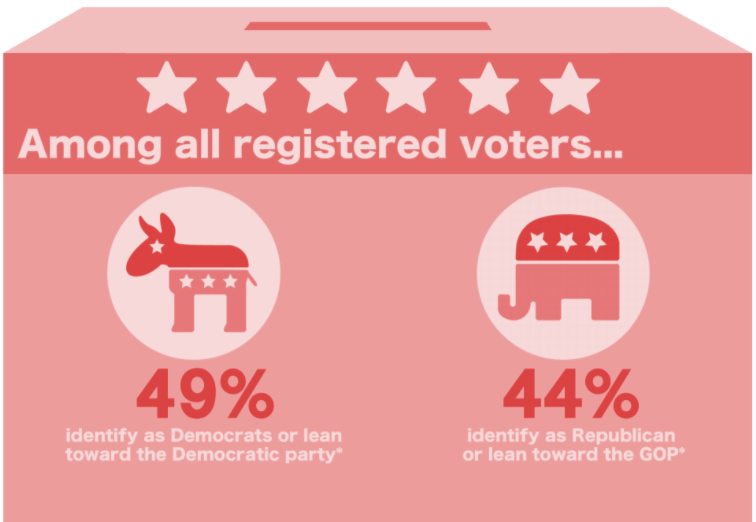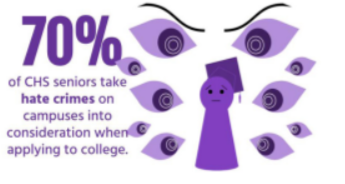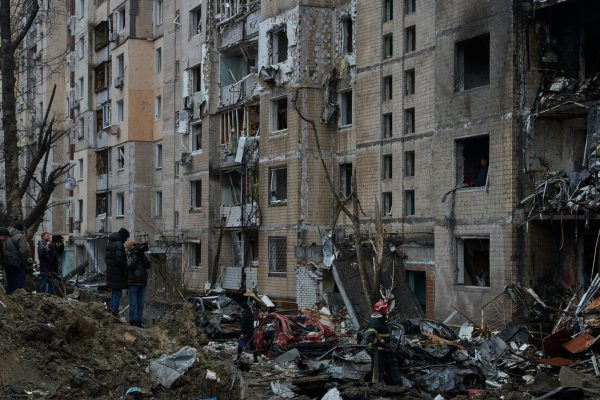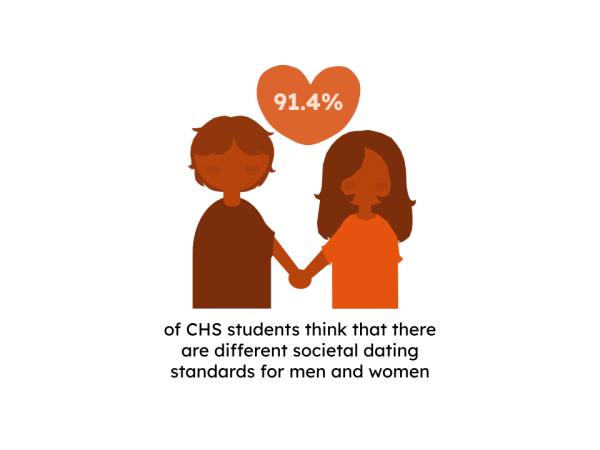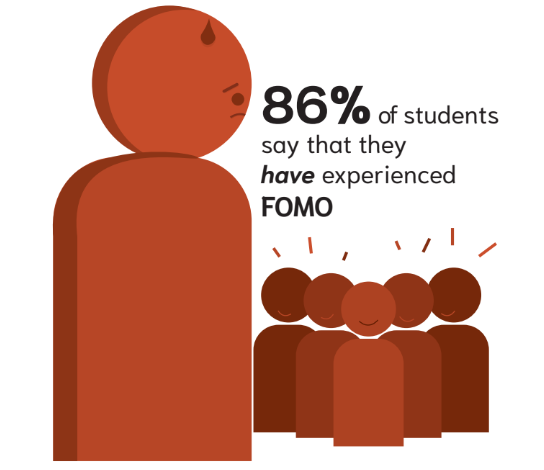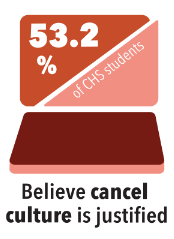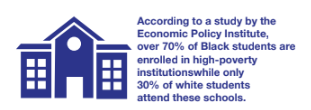2020 presidential election amplifies a nationwide political divide
BLOT GRAPHIC BY KARA PETROSINO
According to Pew Research Center, taking into account independent’s partisan leanings.
November 25, 2020
As junior Hannah Schwartzberg of Ocean walks home from her bus stop she notices her neighborhood engulfed in campaign signs. Different campaign signs, to be exact. She shakes her head knowing that the billboards, railroad signs, and cars that she passed on her way home were also labelled with stickers; the streets filled with honks and shouts of distaste expressed by pedestrians as they pass specific candidates’ names. This presidential rivalry is apparent everywhere.
The idea of two neighbors with different campaign signs on their lawns wraps up the election season as a whole – a divide in communities or even families due to political views.
Election season brings out campaign signs and raises tension from political views in neighborhoods. However, unlike other years, some say that this rivalry is stronger than others. In 2018, Harry Enten, a CNN reporter, said about a debate between this year’s presidential candidates, Donald Trump and Joe Biden, and titled the article “Why the Biden-Trump feud of 2018 might be a preview of 2020.”
“In fact, Biden versus Trump is probably the highest probability matchup compared to all the others at this moment in time, though it’s still a relative long-shot,” Enten said in 2018.
Across the country, households are participating in this rivalry by placing lawn signs or flags marking either Trump/Pence or Biden/Harris in front of their houses.’ Schwartzberg has seen this support all over.
“I would say more importantly, where haven’t I seen rivalry from supporters of Trump and Biden,” Schwartzberg said. “Even my own neighborhood has been flooded by signs and flags with their names.”
Sophomore Cameron Fleming of Oceanport disagrees with Schwartzberg, commenting on how lawn signs are the extent of common people’s place in this rivalry.
“The most I ever see are signs on people’s lawns and ads on the internet,” Fleming said. “I believe that these are the most common ways that people express their support for either candidate.”
On the other hand, Schwartzberg adds that not only have people been taking sides in their front lawns, but also on social media.
“I would say the biggest area I see supporters clashing is in the media. Whether on TV, the radio, or especially social media, where people can say and share anything they want,” she said.“Even if the validity of the statement is false. Once again, people take to social media most commonly to repost, tweet, share, etc., from the comfort of not having to speak their beliefs in person in fear of being ridiculed by the ‘other side.’”
According to history teacher Bill Clark, this kind of rivalry between presidential candidates is not the first.
“Rivalries are beyond common. Going back from John Adams and [Thomas Jefferson], [there was] pure dislike, pure animosity on a personal level and ideological,” Clark said.



